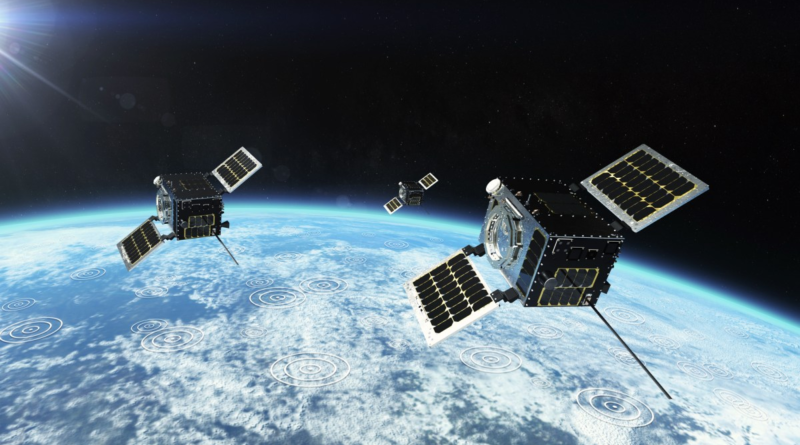‘Irreparable’ thrusters and solar activity push 3 HawkEye 360 satellites to lower orbits
Remote-sensing satellite operator HawkEye 360 is the latest to experience problems in orbit, due to an “irreparable” failure of propulsion systems made by Austria-based Enpulsion, compounded by high solar activity.
While HawkEye declined to name its propulsion provider to TechCrunch, an April 2022 letter from HawkEye to the FCC states that the affected satellites are equipped with Enpulsion’s IFM Nano Thruster propulsion system.
HawkEye requested temporary permission from the U.S. Federal Communications Commission to operate three of its satellites, called Cluster 4, at a lower altitude on July 24. In a separate filing, the company requested permanent authority to operate its constellation at orbital altitudes of 400-615 kilometers, given the propulsion failures.
“The Cluster 4 spacecraft are currently operating at an orbital altitude of approximately 477 km, as a result of failures in the propulsion systems of each of the Cluster 4 spacecraft,” the company said in its request. “The company has unsuccessfully tried to remedy these failures and recently concluded that the propulsion system failures are irreparable.”
HawkEye has already discontinued use of Enpulsion’s systems: in March, the FCC approved HawkEye’s request to switch to a water-based propulsion system made by Bradford Space starting with Cluster 7 and on all future satellites. The company launched Cluster 7 to orbit in April, bringing its constellation to 21 spacecraft (including the three experiencing issues here).
According to NASA, we are currently approaching solar maximum, or the time in the solar cycle when the sun’s activity peaks. This activity, which can include powerful geomagnetic storms, can create issues for spacecraft, including increased drag that accelerates their orbital decay.
TechCrunch reported last week that some Capella Space satellites were starting to prematurely deorbit due to solar activity and issues with third-party propulsion.
In a statement to TechCrunch, HawkEye confirmed that the Cluster 4 satellites are otherwise functional. Enpulsion did not respond to TechCrunch’s request for comment.
“The Cluster 4 satellites are not in danger of deorbiting and continue to collect data and actively service our customers,” the company said. “They were deployed at a lower altitude and had a propulsion system anomaly which has shortened potential mission life, but the satellites are still expected to operate within the tolerance of their design life. Our overall constellation architecture is robust and provides for variation in mission life for our clusters based on deployment altitude, anomalies, and space weather.”




